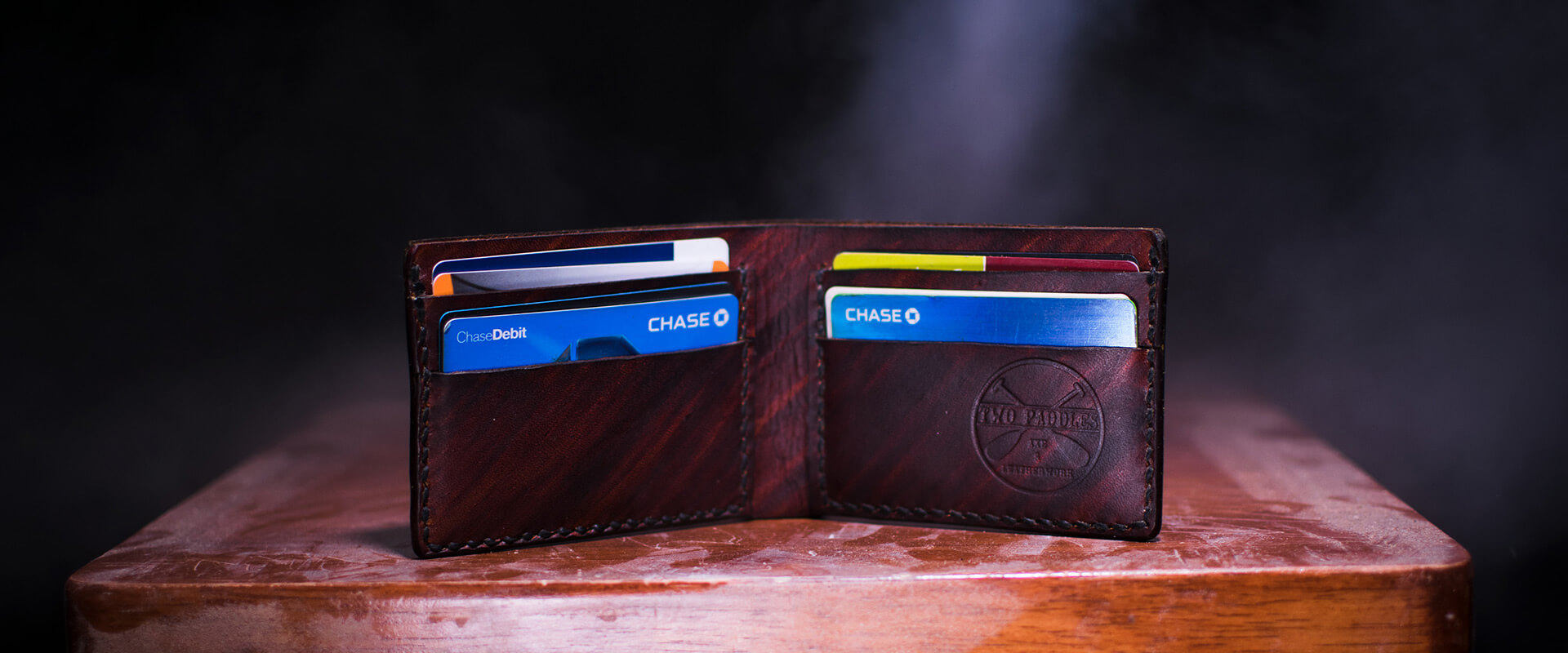
Credit Limits: Credit Utilization
Your credit score is one of the most critical factors in your financial health. It influences your ability to obtain loans, credit cards, and even affects things like insurance rates and rental agreements. One often-overlooked factor that plays a significant role in determining your credit score is credit utilization.
What is Credit Utilization?
Credit utilization refers to the percentage of your available credit that you are currently using. It’s a simple calculation:
Credit utilization is calculated by dividing your total credit card balance by your total credit limit, then multiplying the result by 100 to get a percentage.
For example, if you have a total credit limit of $10,000 across all your credit cards and you’ve used $3,000, your credit utilization ratio would be 30%.
Why Does Credit Utilization Matter?
Credit utilization is a major component of the “amounts owed” category in credit scoring models like FICO and VantageScore, accounting for around 30% of your credit score. Lenders and credit scoring models use this ratio to gauge your creditworthiness and financial management habits.
A lower credit utilization ratio typically reflects better financial discipline, signaling that you aren't over-reliant on borrowing. On the other hand, high credit utilization indicates that you’re nearing your credit limits, which can be a red flag for lenders. A higher ratio may suggest that you're struggling to manage your finances, making you a riskier borrower.
Ideal Credit Utilization Rate
Experts recommend keeping your credit utilization rate below 30% to maintain a healthy credit score. The lower your utilization rate, the better it reflects on your credit report. For example:
- 0-10% utilization: Ideal, showing excellent credit management.
- 10-30% utilization: Good, though keeping it closer to 10% is preferable.
- Above 30% utilization: Risky, may start negatively impacting your credit score.
Even if you make your payments on time, a high utilization rate can drag down your score. The reasoning is that credit agencies consider you to be overextending yourself.
How Credit Utilization Affects Your Credit Score
Your credit utilization impacts your credit score in both the short and long term. When your utilization spikes, even temporarily, it can cause a noticeable drop in your credit score.
Here are the key ways it impacts your score:
1. Short-Term Impact
If you max out your credit card or even consistently keep a high balance, your credit score can drop by several points. Even if you pay your balance in full each month, the reported utilization (at the time the creditor sends information to the credit bureau) can still affect your score.
2. Long-Term Impact
Over time, maintaining a high credit utilization rate can lower your score significantly. This can make it harder to qualify for new credit cards, loans, or favorable interest rates, locking you into higher costs for borrowing.
3. Paying Down Balances
If you reduce your balances and keep your utilization low, you will likely see an improvement in your credit score over time.
Tips for Managing Credit Utilization
Maintaining a healthy credit utilization ratio requires consistent effort and strategic financial management. Here are some effective ways to do it:
1. Pay Balances Early and Often
Instead of waiting for the due date to make payments, pay down your balance multiple times a month. This helps keep your utilization low when your credit card issuer reports your balance to the credit bureaus.
2. Increase Your Credit Limit
One way to lower your utilization ratio without reducing spending is to ask for a higher credit limit. If your limit increases but your balance stays the same, your utilization will automatically decrease.
3. Use Multiple Credit Cards
Spreading your purchases across different cards instead of maxing out one card helps keep the utilization on each card low. Just make sure to manage each account responsibly.
4. Monitor Your Credit Report
Regularly reviewing your credit report helps you track your utilization rate and address any discrepancies quickly. You can check your report from the three major credit bureaus (Experian, TransUnion, and Equifax) at least once a year for free.
5. Avoid Closing Credit Cards
Even if you don’t use a credit card often, keeping it open can help your overall utilization ratio. When you close a credit card, your total available credit decreases, which could spike your utilization rate if you carry balances on other cards.
Bottom Line: The Lower Your Utilization, The Better
Credit utilization plays a critical role in determining your credit score. Maintaining a low utilization rate by paying down balances, increasing credit limits, and spreading out spending across multiple accounts can significantly improve your credit health.
By understanding the impact of credit utilization, you’ll be better equipped to manage your credit and achieve your financial goals.

